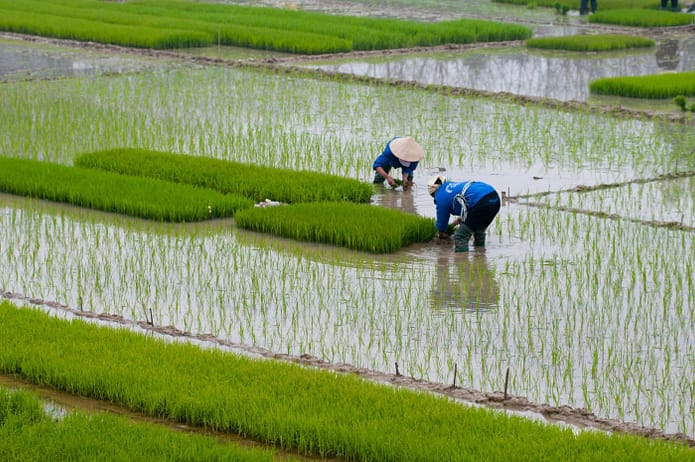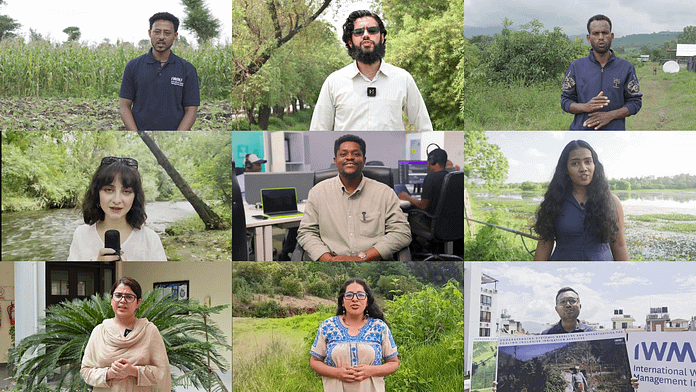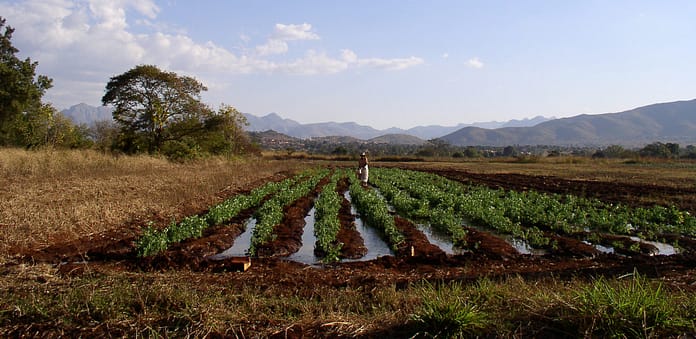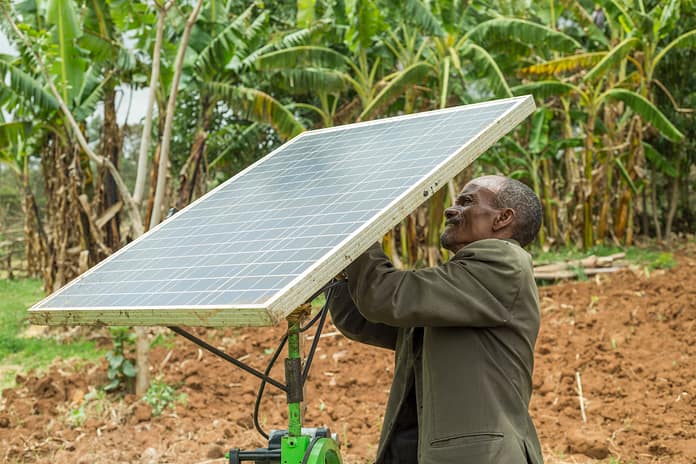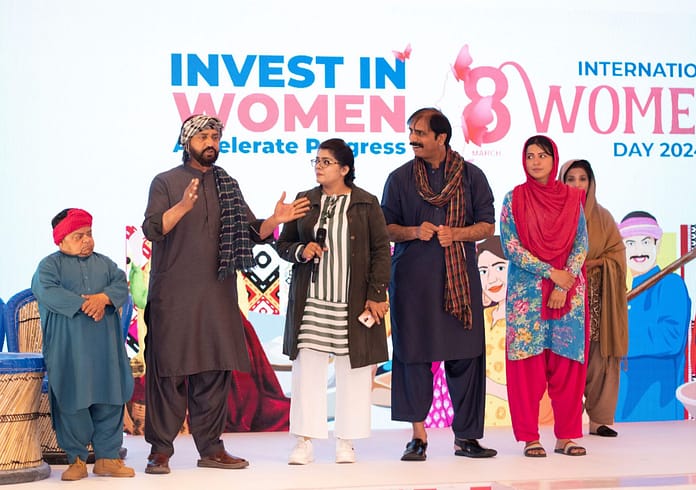
Irrigation is the dominant human use of freshwater worldwide. Globally, it accounts for about 60-70% of total withdrawals from rivers, lakes and aquifers, and where these withdrawals occur, for 70-90% of water consumed — meaning water that is evaporated, transpired by crops, or otherwise unavailable for reuse. Each year, irrigated agriculture depletes roughly 2,700–3,200 cubic kilometers of water — about six times the annual flow of the Mississippi River — placing immense pressure on ecosystems and competing uses. In Tanzania’s Great Ruaha River, for example, rice irrigation upstream reduces flows to the Usangu wetland downstream, threatening one of the country’s most important ecosystems.
In a context of growing demand for water, climate variability and ecological decline, the imperative is clear: reduce water consumption and reallocate the “freed” water to sustain ecosystems and meet other sectoral needs. This cannot be achieved without raising irrigation efficiency. When irrigation efficiency improves, either more water reaches the crop or the water ‘saved’ can be redirected for other uses while sustaining production.
The paradox of irrigation efficiency
If improving irrigation efficiency is seemingly so obvious, why does it remain controversial? Raising efficiency and the options for redirecting the savings, are far from straightforward. The paradox of irrigation efficiency arises when apparent efficiency gains at the field scale, from individual farms or plots of land, do not automatically translate into reduced consumption at the basin scale, the river basins or watersheds that integrate the irrigation hydrology of many farms and irrigation systems. For example, switching from flood and furrow systems where water flows by gravity, to drip or sprinkler systems may reduce applied water per hectare, but if farmers respond by using that saving to expand irrigated area, shift to higher-value more water-intensive crops, or irrigate for longer, the net effect can be zero — or even an increase in overall water consumption.
Governance and scientific challenges add complexity. Irrigation hydrology is difficult to model, measure and manage consistently. The track record of translating efficiency gains into basin-scale savings is, at best, mixed. This is because irrigation operates across multiple, interlinked scales — crop, field, irrigation system and basin. Each system has distinct hydrological processes, technological combinations, management objectives and governance arrangements. Physical factors like rainfall, groundwater dynamics and on-farm water storage; socio-economic drivers such as markets and subsidies; and institutional settings including allocation rules and enforcement capacity, interact in ways that make water consumption difficult to control directly. Addressing these interactions calls for a systems approach that integrates technology with farmer behavior, policy frameworks and the underlying hydrology.
The Irrigation Savings Allocation Framework

The Irrigation Savings Allocation Framework (ISAF), developed by the authors — and first introduced in chapter 10 of Improving Water Management in Agriculture: Irrigation and Food Production by Jerry Knox — is designed as a management tool to help deliver real – or “wet” – water savings: reductions in total consumptive use at the basin scale that can be verified, protected and reallocated. It does so by linking actions at different scales into a coherent sequence. The process begins with improving crop water productivity while safeguarding crop yields, then moves outward and upward through the field, irrigation scheme, multiple schemes and basin, to manage withdrawals.
An integrated approach, not a checklist
Crucially, ISAF is not a linear checklist but an integrated framework. Gains at one stage are consolidated and tracked through subsequent stages, ensuring that water “freed up” in one part of the system is not simply absorbed elsewhere. Implementation can be bottom-up driven by farm-level practices and collective agreement or top-down, guided by basin-level planning and regulation or both. The choice depends on inclusive participation, governance structures, hydrological context and the intended destination of the reallocated water, whether environmental flows or urban or industrial supply.
The framework is grounded in several key principles. First, only actual reductions in total consumptive use — water that is depleted within irrigation systems — qualify as savings, not just reductions in withdrawals, diversions or applied water. Second, all significant water sources are considered, including effective rainfall, shallow groundwater and alternative supplies such as treated wastewater. Third, savings must be monitored and protected through clear allocation mechanisms to ensure that intended recipients — such as ecosystems, communities, and society at large — actually benefit from the re-directed ‘freed-up’ water, whether through healthier environments, more reliable water supplies or improved livelihoods.
Future-fit water management from efficiency gains to verifiable reallocation
Despite decades of concern, clear evidence of large-scale water reallocation from irrigation to other uses remains elusive and often disputed. Differences in accounting methods, theoretical perspectives and a general lack of robust monitoring have left hydrological explanations, processes and outcomes uncertain.
Water management in the future will have to be different because pressure to reallocate water out of irrigation is mounting. As competition for limited supplies intensifies and climate variability increases, achieving verifiable, basin-wide water savings will demand coordinated action on multiple fronts. This will mean designing infrastructure that can manage scarcity effectively, regulating irrigated areas and withdrawals, applying pricing or incentive signals where appropriate, reforming outdated water laws and deploying real-time monitoring of soil, land, irrigation infrastructure and water resources to guide decisions.
To this end, ISAF offers a coherent structure for this kind of integrated action. ISAF links local water-saving actions to the bigger picture at the river basin level, making sure that gains made in one place are not cancelled out by increased use elsewhere. It aligns technological improvements with behavioral change and governance reforms, creating pathways to resolve the irrigation efficiency paradox. In doing so, the ISAF management tool increases the likelihood that efficiency gains will translate into real, allocatable savings — water that can be confidently redirected to sustain ecosystems, support growing urban demand and strengthen resilience.



